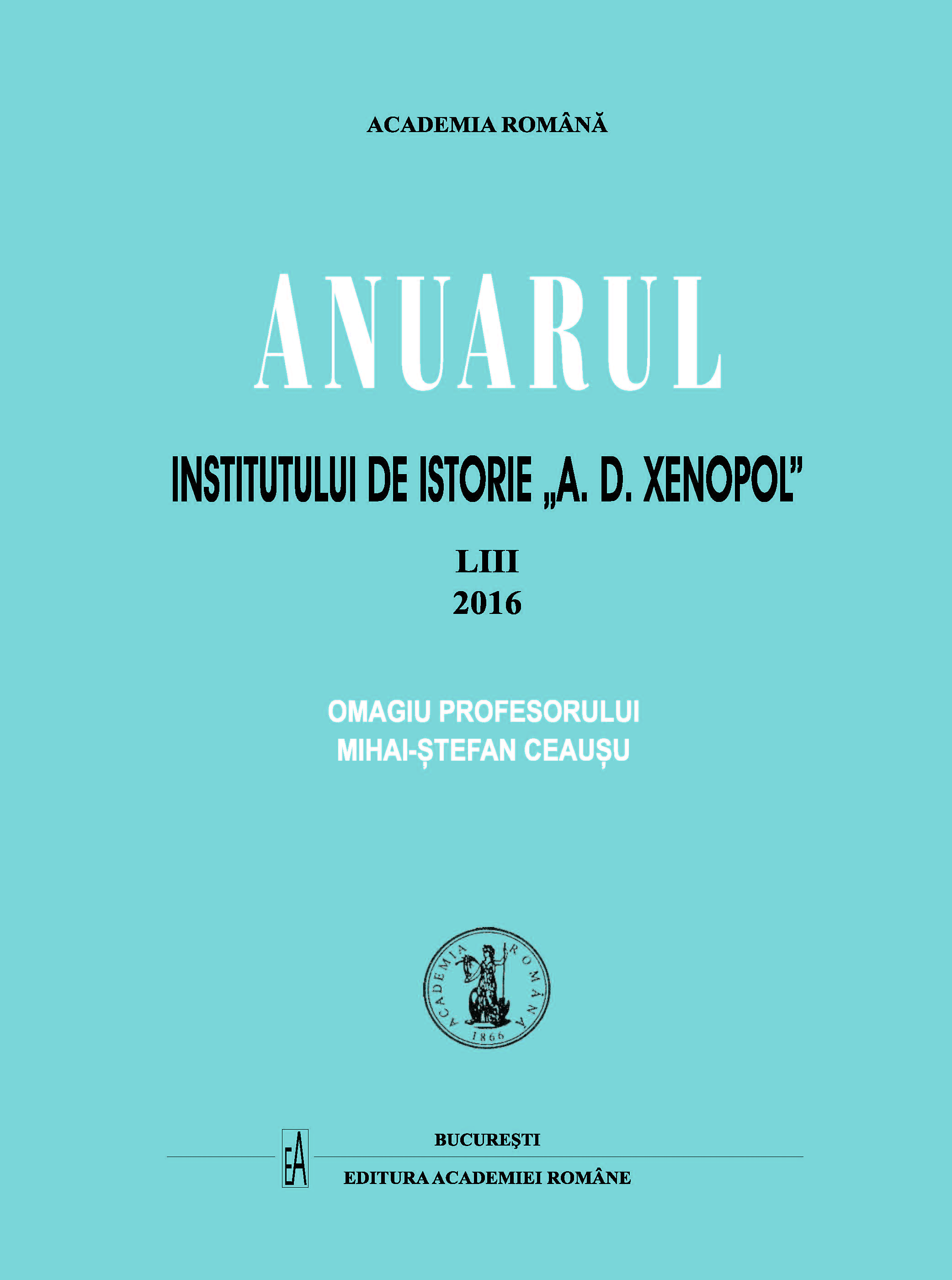DE LA TĂMĂDUITORUL LOCAL, LA MEDICUL CU DIPLOMĂ. LEACURI ȘI TRATAMENTE ÎN BUCOVINA SECOLULUI AL XIX-LEA
FROM LOCAL CURERS TO QUALIFIED PHYSICIANS. REMEDIES AND TREATMENTS IN 19th CENTURY BUKOVINA
Author(s): Harieta Mareci SabolSubject(s): History
Published by: Editura Academiei Române
Keywords: Bukovina; illness; the empiricist or the traditional healer; modern pharmacopoeia
Summary/Abstract: In the nineteenth century, at the eastern extremity of the Austrian Empire, illness and healing represented the appanage of two categories of personages: on one hand, the empiricist or the traditional healer (without diplomas, but often having an unbeatable experience), and on the other hand, the doctor in medicine who was the key-character of the health system organized by the state. Studying the traditional behaviors towards disease, it can be said that in the Austrian Bukovina there was a very active popular medicine, composed of recipes and practices that resisted over time, and knowing to borrow some of the modern pharmacopoeia and of the official medicine inventory; from this perspective, such empiric healers could be considered pioneers of the medicalization. In turn, the physicians – few in number and less accessible than the traditional curer – practiced the experimental medicine, exploiting both the healing power of plants, animal tissues and minerals, and the medicaments (many of them costing enough to throw the burden of the borrowers on the shoulders of the suffering). But beyond diplomas and costs, the diseases (and especially the epidemics) became a “test stone” or a challenge to which people needed to take action, calling for empiricists and doctors to prevent, treat and cure.
Journal: Anuarul Institutului de Istorie »A.D. Xenopol« - Iaşi
- Issue Year: LIII/2016
- Issue No: 53
- Page Range: 305-317
- Page Count: 13
- Language: Romanian

